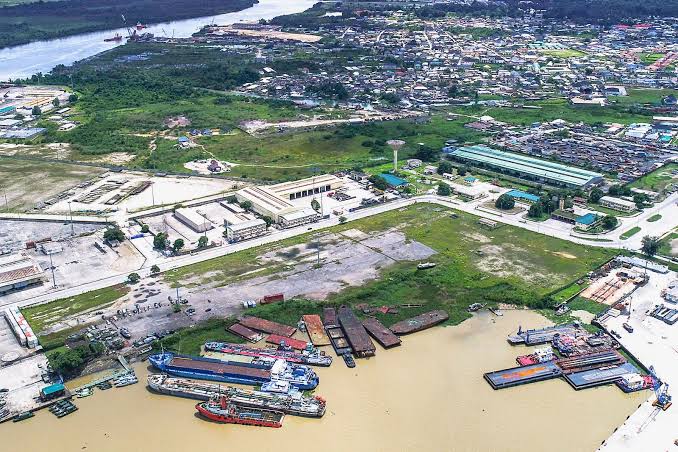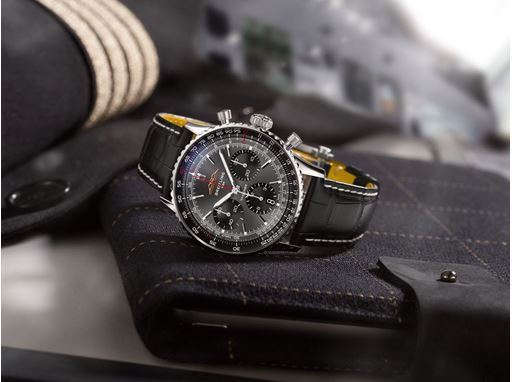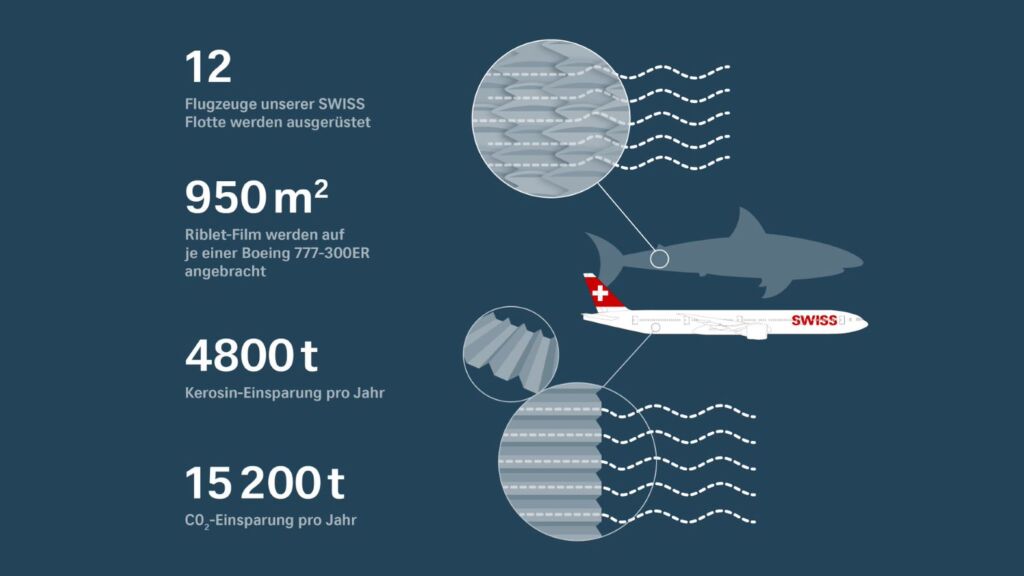SWISS have launched direct regular flights between Vilnius and Zurich. Flights will be performed twice weekly – on Wednesdays and Saturdays. This new route is of strategic importance for both Lithuanian Airports and the tourism and business sectors.
“We are happy to be connecting Switzerland and Lithuania with a direct flight from the upcoming aviation Summer season. SWISS belongs to the Lufthansa Group, and this new route will further expand our group’s market presence in Lithuania. Zurich is not only an attractive city for tourists, but also an aviation hub though which passengers can conveniently reach destinations in Europe, North America or the Middle East”, – states Patrick Borg Hedley, Lufthansa Group’s Head of Sales for Finland, Estonia, Latvia and Lithuania.
SWISS will become the third carrier from the Lufthansa Group to operate flights at Vilnius Airport. According to Aurimas Stikliūnas, Head of Aviation Services at Lithuanian Airports, the entry of SWISS into our market is the result of continuous implementation of the airport operator’s route development and incentive strategy.
“We are witnessing a rapid aviation market recovery, and this new route will further broaden the range of direct flights on offer from our airports. Zurich is a strategically important route for businesses and the tourism sector. We are confident that this new route will bring new opportunities and will be popular among both business and leisure travellers”, – states Mr. Stikliūnas.
Until now, SWISS did not perform direct regular flights to and from Vilnius, therefore it is yet another success in attracting new partners and further developing Lithuania’s air connectivity. Flights will be operated by SWISS with an aircraft type Airbus A220-100/A220-300 as well as by Helvetic Airways with an aircraft type Embraer E190-E2/E195-E2 on behalf of SWISS. These latest generation aircraft types apply the latest advances in engine, systems and materials technology to set new standards in terms of profitability and environmental compatibility. Fuel consumption compared to similar aircraft is reduced by as much as one quarter. Further, in terms of human auditory sensitivity the aircraft generate only half the noise level of their predecessors. Thanks to innovation in cabin design, passengers can look forward to a significant increase in travel comfort, too.









